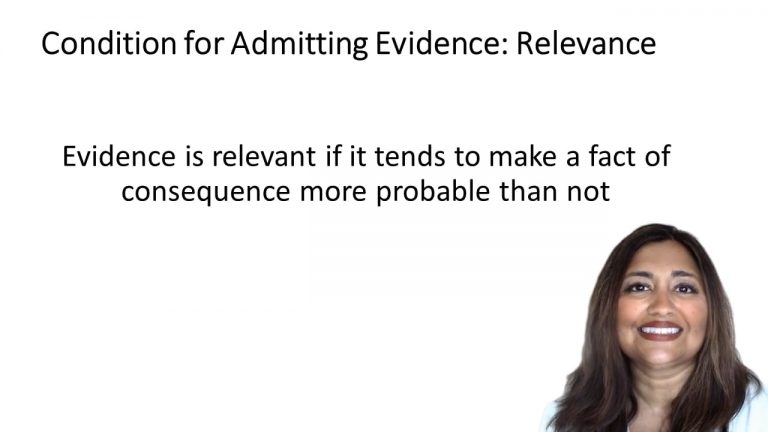SmartBrief
Confirm favorite deletion?
Evidence Keyed to Park
Virginia v. Black
Citation:
538 U.S. 343 (2003)Facts
Respondent Barry Black, Richard Elliott, and Jonathan O’Mara were convicted separately of violating Virginia’s cross burning statute. At Black’s trial, the jury was instructed that intent to intimidate means the motivation to intentionally put a person or a group of persons in fear of bodily harm. Such fear must arise from the willful conduct of the accused rather than from some mere temperamental timidity of the victim. The trial court also instructed the jury that the burning of a cross by itself is sufficient evidence from which you may infer the required intent. When Black objected to this instruction on First Amendment grounds, the prosecutor responded that the instruction was taken straight out of the Virginia Model Instructions.
Only StudyBuddy Pro offers the complete Case Brief Anatomy*
Access the most important case brief elements for optimal case understanding.
*Case Brief Anatomy includes: Brief Prologue, Complete Case Brief, Brief Epilogue
- The Brief Prologue provides necessary case brief introductory information and includes:
Topic:
Identifies the topic of law and where this case fits within your course outline.Parties:
Identifies the cast of characters involved in the case.Procedural Posture & History:
Shares the case history with how lower courts have ruled on the matter.Case Key Terms, Acts, Doctrines, etc.:
A case specific Legal Term Dictionary.Case Doctrines, Acts, Statutes, Amendments and Treatises:
Identifies and Defines Legal Authority used in this case.
- The Case Brief is the complete case summarized and authored in the traditional Law School I.R.A.C. format. The Pro case brief includes:
Brief Facts:
A Synopsis of the Facts of the case.Rule of Law:
Identifies the Legal Principle the Court used in deciding the case.Facts:
What are the factual circumstances that gave rise to the civil or criminal case? What is the relationship of the Parties that are involved in the case.Issue(s):
Lists the Questions of Law that are raised by the Facts of the case.Holding:
Shares the Court's answer to the legal questions raised in the issue.Concurring / Dissenting Opinions:
Includes valuable concurring or dissenting opinions and their key points.Reasoning and Analysis:
Identifies the chain of argument(s) which led the judges to rule as they did.
- The Brief Prologue closes the case brief with important forward-looking discussion and includes:
Policy:
Identifies the Policy if any that has been established by the case.Court Direction:
Shares where the Court went from here for this case.
Topic Resources
Topic Outline
Topic Refresher Course
Topic Charts & Notes 

 11m 31s
11m 31s